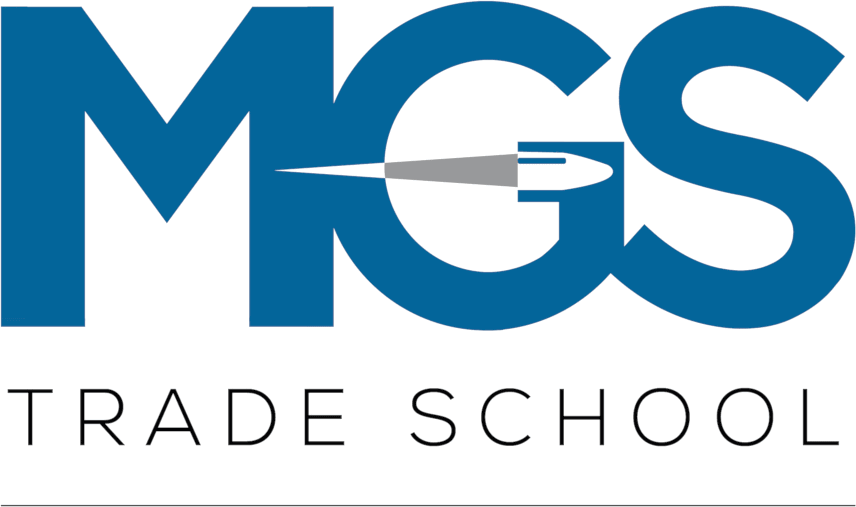Unit 2: Prepping for Your First Project
Lesson 4
Lesson 4 begins with repairing a wooden stock, with everything from prepping to starting work on it, all the way through actual repairs and finishing. The lesson outlines repairing and patching, planing rough surfaces, and finding the right piece of wood to patch broken or splintered spots on the stock. Most importantly, we learn to fix waves or dips in the wood and smooth the surface.
Using a plane or rasp, we can clear out the rough spots and edges of the area we would otherwise be patching. But adding a patch is difficult and takes time. It’s crucial to select the correct wood to make sure we can blend this into the original stock.
Interestingly, I learned about “whiskers” on the wood and how to eliminate them and the issue they present when finishing a stock. Removing them is fairly easy but does take some elbow grease. There are a few ways we can do this: sand with a fine sandpaper against the grain or use steel wool and run against the grain. Never run with the grain when performing this as it will lay the whiskers back down. With this task, we also learned the three types of sandpaper used, garnet, silicon carbide, and aluminum oxide.
At the end of the lesson, we see the disassembly of the Ruger .22 Bearcat revolver. It’s similar to other revolvers in design but I learned there are 4 main parts that need to be replaced by the manufacturer and cannot be completed by a gunsmith: the barrel, frame, recoil plate, and cylinder.
Lesson 5
“The basics of this should be among the first perfected in learning gunsmithing crafts.”
After studying this unit, I agree that this craft of gunsmithing is an art. The lesson started off with the three phases of finishing a stock:
- Sealing the surface against moisture, grease, and dirt.
- Filling to eliminate pockmarks and pores within the surface of the wood, which improves appearance.
- Finishing as the main defense against all “ills that befall” a gunstock.
Filling the pores on the wood helps to make the wood smooth. You see, the number of pores is also determined by where it was grown. If it was grown in soil or on a hill with lower water content, the wood rings appear closer and will have fewer pores. But if it grows in a high water or swampy area, the rings appear larger and will have more pores.
For the finish, we’re told that True-Oil is recommended to use and is said to be the easiest to apply. Linseed oil is a good sealer/finisher but tends to not dry well. We can use orange shellac with linseed oil to finish as well as lacquer or varnish. Another option one could use is polyurethane, but it will need to be thinned out.
After finishing the gunstock, we dive into the workshop next. Location, size, and maneuverability are all important qualities but the most important thing coming from the shop is your quality of work. You will need to make the decision of whether or not you plan to do this full or part-time. This will have an impact on the size of your shop, and if it may even be tax deductible. There are other things to consider regarding this as well as if there is a need in your area, your financials, rental spaces if needed, and ability of investment.
Tools will be a necessity for your shop alongside a workbench, vice, polisher, grinder, drill press, hand tools, and other materials such as lubricants, sandpaper, and finishing oils. As you figure out what the main work is that you will perform, you may find the need for a larger shop with bigger tools such as lathe, acetylene torch or welder. If your business is mainly cleaning or routine maintenance, you may not need these larger, more expensive machines.
Here’s one last bit of advice from this unit: make sure you have parts supplier lists where you will purchase parts from such as the manufacturers and aftermarket suppliers.
Lesson 6
The unit ends with how to get professional stock finish results and what is needed to do so. From bleaching wood when refinishing to color matching the wood if a repair was made, applying numerous thin coats of stain and filler will help with the final appearance you and your customer are looking for.
The end of the lesson is really something most people do not think of: book and record keeping. A simple ledger is outlined for you using the left and right side of a page that lists customer names, amount paid, amount owed, purpose of charge, and due dates. You will need a filing cabinet with one drawer for expenses, one for income, and one for FFL records.
A certified public accountant is also recommended for tax purposes, which may be able to save money in the long run. Insurance will be needed for fire, theft, and liability.
In the end, you will need to find a competent attorney that works well with you. This is not just for legal issues that may arise, but for legal advice while starting your business. You can contact your state or local BAR Association, courthouse, or DA office for a list of attorneys. A simple Google search may help too. Having sound legal advice available when needed can go a long way for a successful business.
Written by J. Jacobs, The MGS Experience Student


